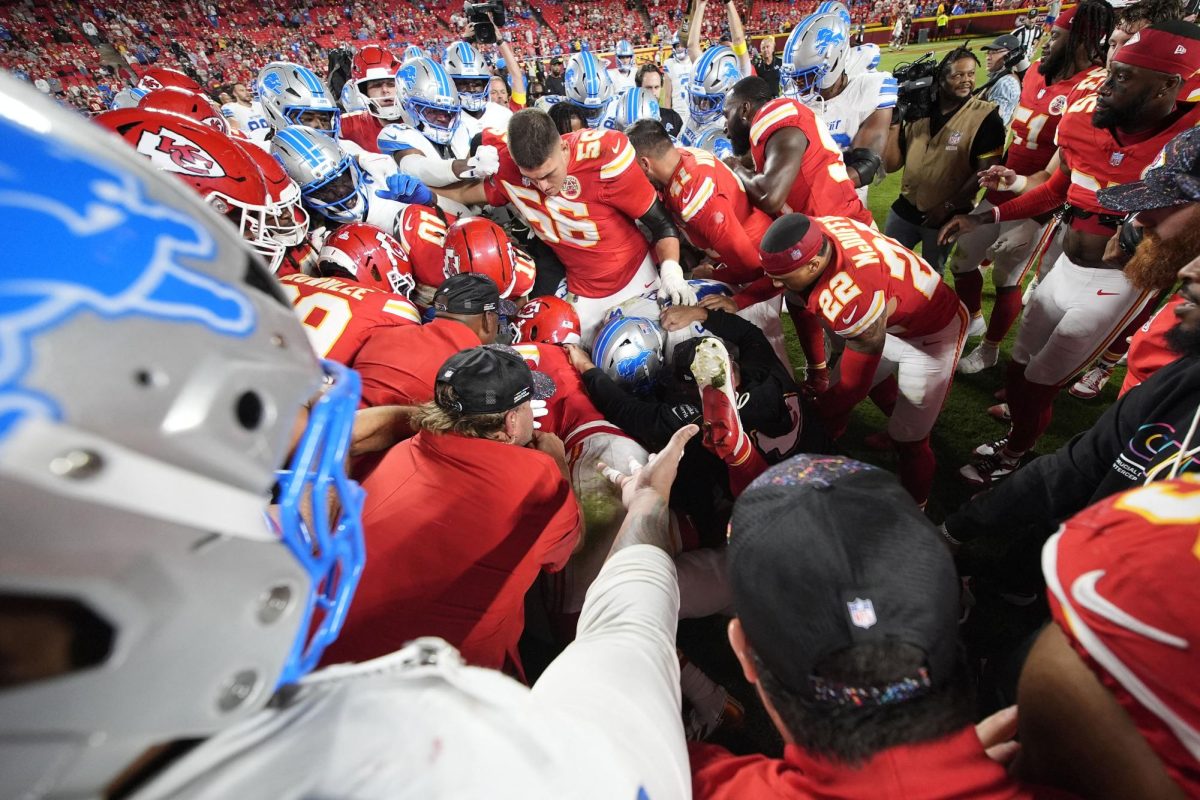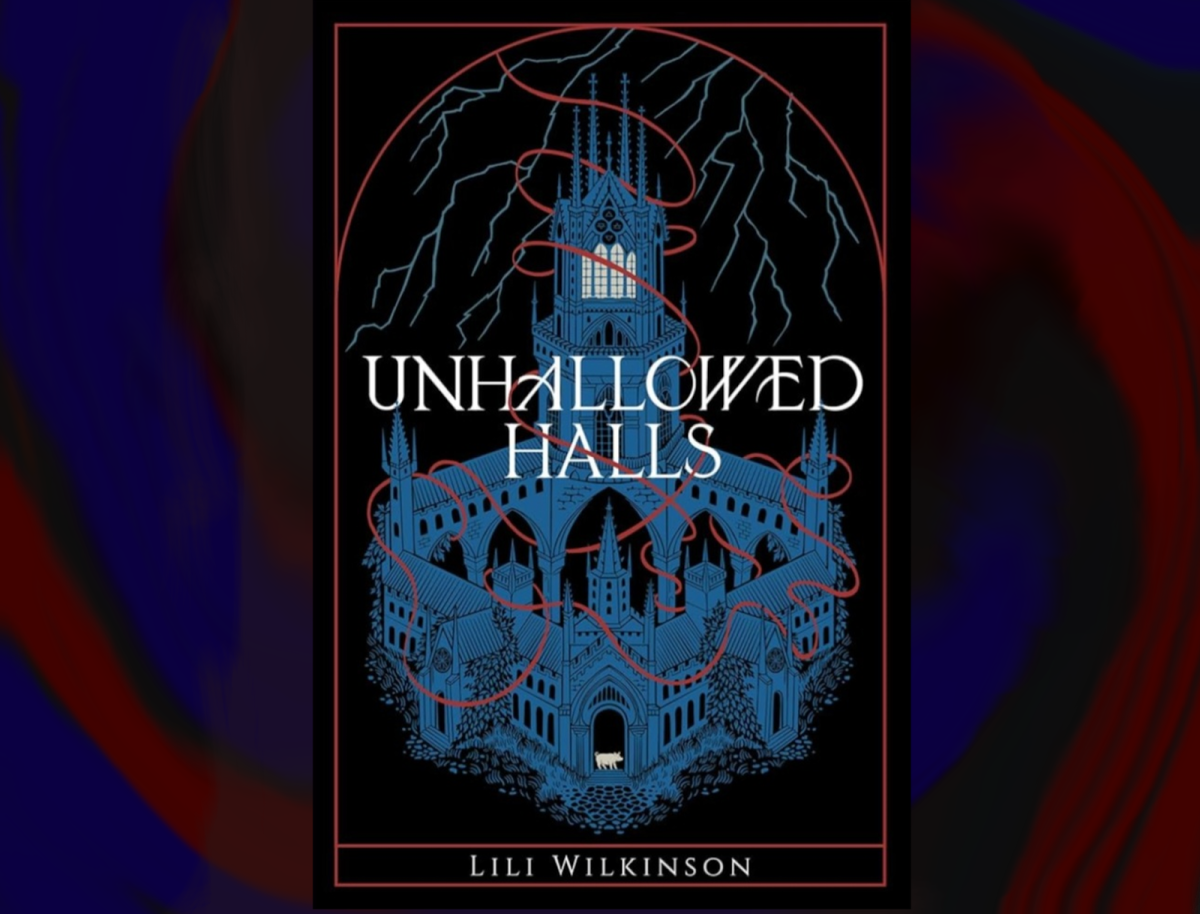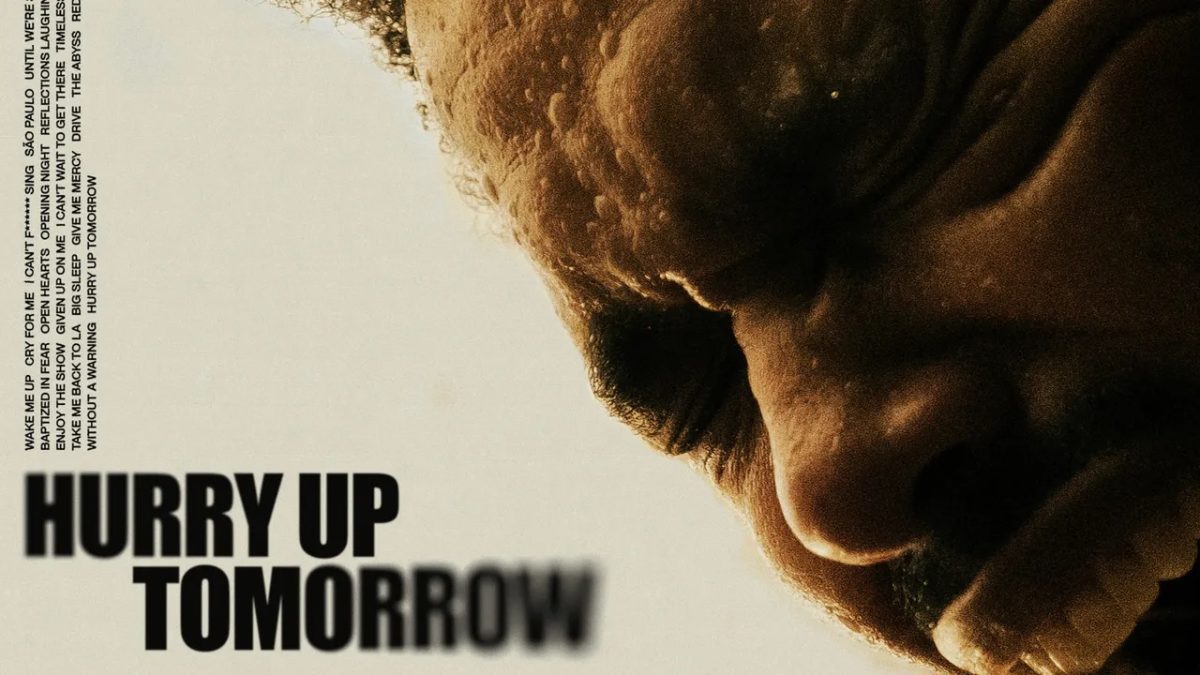Horror is like a rollercoaster.
You look up at the large, towering track and still daringly decide to get on the ride. The safety bars lock into place and the cart begins its gradual ascension to the top. You feel your heart beat faster and faster, your hair raise, your slick palms grip the handle as you reach the peak – and then you plummet down, screaming and laughing through all of the drops and twists and turns.
Then, the sweet gratification that washes over you as you stumble off. It’s addicting. The anticipation, thrilling rush of adrenaline, and then that feeling of reward. You conquered that coaster.
No different from a rollercoaster, the horror genre allows people to experience and release negative emotions like fear or unease in a safe and controlled environment.
Its early foundations are observed in oral storytelling, folklore, religious texts, and the works of ancient civilizations. During the 19th century, key literary works influenced by gothic fiction explored narratives about mortality, mythology, romanticism, and the supernatural. Classic horror novels like Frankenstein (1818) and Strange Case of Dr. Jekyll and Mr. Hyde (1886) blended gothic and science fiction through tragic tales about man creating (or transforming into) a monster.
At the turn of the 20th century, new developments in motion picture technology made it possible for horror stories to be translated to an even larger audience on film. Horror icons like Dracula and Frankenstein’s monster were solidified in Western pop culture upon the release of Universal Studios’ initial screen adaptations in the 1930s-1940s.
The horror genre has been explored in every form and medium, and it’s constantly evolving. Horror stories are a reflection of a society’s fears, and through them, we can gain valuable insight into the social issues relevant to the past. Its historical importance should not be undermined.
Horror is a diverse and necessary genre, with countless sub-genres and unique cinematographic techniques, and is rarely given enough recognition for it. It’s gained somewhat of a tarnished reputation amongst casual audiences – the oversaturation of cheap B movies and gory slashers have convinced many movie-goers that horror is tacky, brunt, and predictable.
This portion of horror is not all encompassing of the genre. Not only is it limiting, but it’s also deeply misleading.
These surface level presumptions have dissuaded audiences from watching and enjoying so many complex and skillfully-crafted horror movies. Horror is so much more than substandard or overused jump scares and grotesque, hard to watch scenes.
Psychological horror, a subgenre that utilizes more subtle and suspenseful storytelling techniques in order to unnerve an audience, has become increasingly popular. Many modern horror films, such as Black Swan (2010), Get Out (2017), and The Menu (2022), convey fear by emphasizing the mental, emotional, or psychological state of a character. Their storylines aren’t as predictable or linear, elements of the story aren’t always what they initially appear to be, and narration or characters may be unstable or unreliable.
Elements of psychological horror have even been used in older horror classics, like Psycho (1960), The Shining (1980), The Silence of the Lambs (1991), and The Blair Witch Project (1999).
What’s scary to an individual is subjective. No horror movie has ever been considered unanimously terrifying, and that shouldn’t be the deciding factor in whether or not a movie can be considered horror.
More and more frequently, horror films have been mislabeled and misrepresented to be thriller movies instead. The term “psychological thriller” is often used interchangeably for many of the aforementioned horror movies.
While it’s true that these movies can be suspenseful or thrilling, sometimes it seems as if they’re labeled thrillers because people don’t believe that a horror movie would be capable of telling a complex, compelling, and thought-provoking story.
It’s become increasingly common for buzzwords like “elevated horror” to be slapped onto horror movies that don’t fit into this narrow slasher stereotype, subtly implying that these films are too good to just be considered a horror film.
Why must praise of experimentalism and originality in horror always be tailed by an insult to the genre? There is no inherent issue in the use of micro-labels, but we may be causing real damage to the market for horror when consumers begin to separate these types of storytelling as being distinct to one another.
It’s high time we pay credit where credit is due. Horror is evolving, the entertainment industry is shifting, and it’s vital that we don’t allow the horror genre to fade away.








